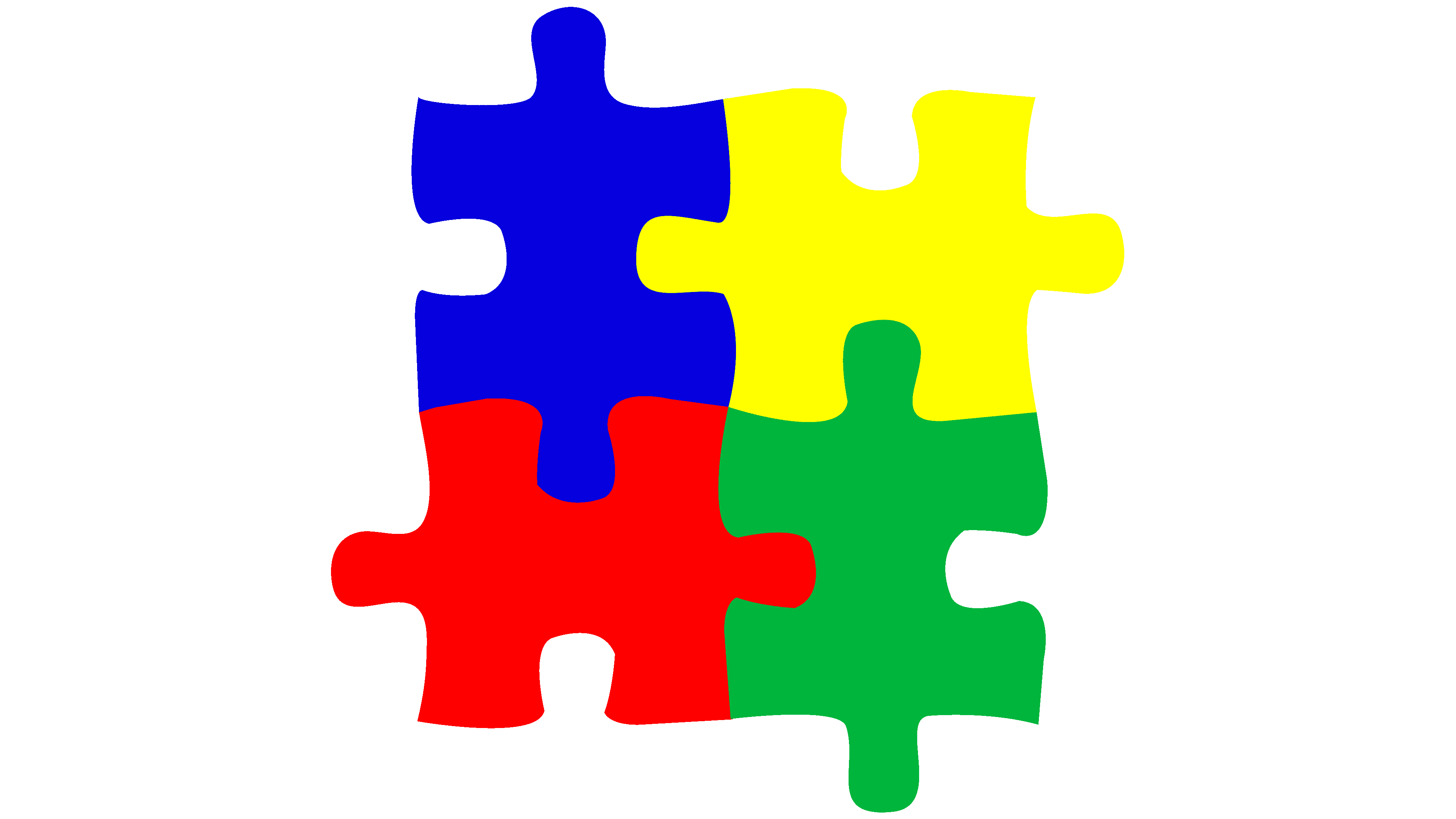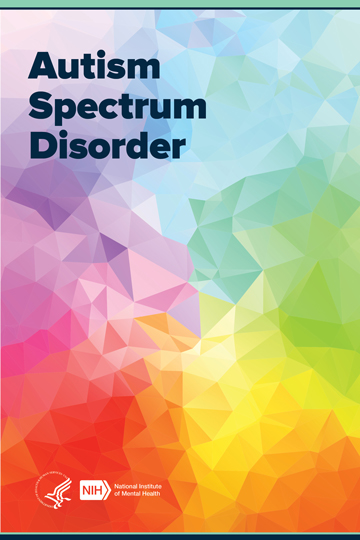Resolving Usual Misconceptions: What You Need To Find Out About Autism Today
Resolving Usual Misconceptions: What You Need To Find Out About Autism Today
Blog Article
Checking Out Autism: Methods for Reliable Interaction and Communication
Effective communication and interaction with people on the autism range demand a comprehensive understanding of their distinct needs and preferences. Techniques such as employing clear language, utilizing aesthetic supports, and fostering regular regimens can significantly boost involvement and lower anxiety. Additionally, recognizing the importance of non-verbal cues and shared passions leads the way for purposeful links. Nevertheless, the complexities of these approaches disclose more factors to consider that warrant expedition, particularly in just how they can be adjusted to specific experiences and varied contexts. What might these adjustments appear like in practice?
Understanding Autism Range Problem
Autism Range Condition (ASD) incorporates a series of neurodevelopmental conditions characterized by challenges in social interaction, communication, and repeated behaviors. The term "spectrum" shows the diverse indications and varying degrees of extent experienced by people with ASD. While some may show considerable impairments, others may display high-functioning characteristics, permitting higher freedom in every day life.
The start of ASD generally takes place in early youth, with indicators often recognizable by age 2. Early indicators may consist of postponed speech advancement, minimal eye call, and troubles in comprehending social cues. Although the accurate etiology of ASD remains vague, study recommends a mix of hereditary and ecological elements plays a crucial role in its advancement.
Individuals with ASD usually possess unique toughness, such as enhanced interest to detail and exceptional memory abilities. However, they may battle with recognizing abstract concepts and managing modifications to regular. As an outcome, treatments and assistance customized to individual requirements are crucial for fostering communication and social skills. Acknowledging the complexity of ASD is vital for promoting recognition, acceptance, and reliable approaches that facilitate significant interactions with individuals on the range.

Value of Clear Interaction
Reliable interaction is essential for cultivating understanding and connection, especially for individuals with Autism Spectrum Condition (ASD) Clear interaction not just assists in social communications but additionally boosts the person's ability to express their emotions, ideas, and demands. For individuals with ASD, the subtleties of language can frequently be challenging; consequently, utilizing distinct and uncomplicated language is crucial.
Additionally, clear interaction assists reduce frustration and anxiousness that might develop from misunderstandings. When messages are conveyed in a straight and regular way, individuals with ASD are much better furnished to translate info precisely, which can substantially enhance their social interaction and engagement in various setups.
Establishing routines and making use of visual assistances can even more boost clear communication. These approaches supply people with predictable structures that aid understanding and retention of information. In addition, proactively being and paying attention patient throughout communications advertises an encouraging environment where people with ASD feel valued and recognized.
Ultimately, focusing on clear communication not just equips individuals with ASD but additionally cultivates more purposeful connections with their peers, caretakers, and the larger community, paving the means for comprehensive communications and collaborative partnerships. - autism
Non-Verbal Communication Techniques
Interaction expands beyond words, and for individuals with Autism Spectrum Problem (ASD), non-verbal signs play a considerable duty in communications. Non-verbal interaction strategies can consist of faces, gestures, body language, and eye call, all of which function as vital components for conveying intentions and feelings.
Comprehending and translating these non-verbal signals can enhance interactions with individuals with ASD. For example, a cozy smile or open posture can produce a welcoming ambience, motivating engagement. Using visual aids-- such as picture cards or icons-- can connect interaction voids and aid communicate messages more efficiently.
It is also vital to be conscious of personal area, as people with ASD might have different convenience degrees relating to proximity. Observing their reactions to physical closeness can educate appropriate adjustments.

Producing Encouraging Environments
Producing a helpful atmosphere is important for cultivating positive communications and boosting the wellness of individuals with Autism Range Disorder (ASD) Such settings can dramatically reduce anxiety and produce a feeling of security, permitting people to reveal themselves a lot more easily.
To achieve this, it is necessary to take into consideration sensory level of sensitivities that individuals with ASD might experience. Changing the physical space to include soft illumination, minimal history noise, and comfortable seats can create a calming environment. In addition, making use of regular regimens and clear aesthetic routines can help people prepare for shifts and minimize uncertainty, further advertising convenience.
Social rooms need to be structured to lessen frustrating stimulations while supplying opportunities for interaction in favored activities. Promoting areas marked for silent time can also act as a refuge during minutes of stress and anxiety. Significantly, integrating elements of option empowers individuals, allowing them to work out agency in their environment.

Encouraging Social Communications
Cultivating social interactions among people with Autism Range Condition (ASD) calls for intentional strategies that prioritize comfort and interaction. Developing foreseeable regimens can assist lower stress and anxiety, making social setups a lot more friendly. Creating organized settings with defined duties and roles enables people to engage without the overwhelming stress of disorganized social dynamics.
Integrating interests and strengths right into social tasks can serve as a stimulant for communication. Organizing group tasks around shared pastimes or subjects of attraction can facilitate natural conversations and connections. Furthermore, making use of aesthetic assistances, such as photographic timetables or more info here social manuscripts, can assist in recognizing social cues and expectations.
Modeling proper social actions is crucial - autism. Peers and adults ought to demonstrate effective communication techniques, consisting of energetic listening and turn-taking. Role-playing circumstances can also provide a safe room for people to exercise these abilities
Finally, fostering peer connections with inclusive practices is important. Encouraging inclusive playdates or team getaways can develop chances for socialization in a comfy setup. By carrying out these teachers, caregivers and techniques can substantially improve social interactions for people with ASD, promoting their overall social growth and wellness.
Final Thought
In verdict, efficient communication and communication techniques are important for sustaining individuals with Autism Range Disorder. Stressing clear language, incorporating non-verbal signs, and developing predictable routines significantly improve involvement and decrease anxiousness. Creating supportive atmospheres fosters risk-free social communications, next page while encouraging shared rate of interests facilitates significant links. Inevitably, these techniques encourage individuals with autism to navigate social landscapes, advertising their total well-being and allowing the growth of lasting relationships.
Reliable communication and interaction with individuals on the autism spectrum require a thorough understanding of their unique needs and preferences. Clear communication not only helps with social interactions however also improves the individual's ability to express their requirements, thoughts, and emotions.Promoting social communications among individuals with Autism Spectrum Disorder (ASD) requires deliberate techniques that prioritize convenience and interaction. By carrying out these educators, strategies and caretakers can dramatically boost social interactions for people with ASD, advertising their general social development and health.
In final thought, effective interaction and interaction strategies are crucial for sustaining individuals with Autism Range Condition.
Report this page